
Cyberdyne, a Japanese robotics firm, has recently gained from the Food and Drug Administration to operate within the United States of America. The company intends to market its HAL exoskeleton toward patients suffering from impaired moment due to having injured spinal cords, giving these people a chance to walk again. Where popular media has depicted exoskeletons as technology that bolsters a human’s physical power beyond the normal range, the HAL, or Hybrid Assistive Limb, model seeks to help people regain the power and mobility they have lost.
Cyberdyne is working in collaboration with Brooks Rehabilitation to bring the medical HAL unit to all regions of the United States. While Cyberdyne has been toying away at the HAL exoskeleton for nearly a decade, this will be the first instance that the technology makes it into the United States. Despite plans to offer the units in all 50 states, the newly established Brooks Cybernic Treatment Center, located in Jacksonville, Florida, is currently the sole vendor in the country.
The HAL exoskeleton, which is currently undergoing testing at Brooks Cybernic Treatment Center, will be used to assist the disabled and paralyzed in regaining mobility. The suit achieves this by wrapping around the patient’s torso and legs and the patient directs the suit’s actions through only mental effort. The system receives orders through bio-electric signals, electricity released by the body’s cells and organs. HAL exoskeletons come equipped with leg-based sensors to feed into a patient’s brain as it transmits orders to his legs. The leg units then move according to the patient’s desire. Cyberdyne notes that the exoskeleton is not intended for full-time use; it is strictly intended as a mechanism to help patients naturally regain the use of their legs. Dr. Geneva Tonuzi, medical director for Brooks Cybernic Treatment Center, notes that the robot is intended to be a temporary solution until a patient is ready for regular physical therapy.
Cyberdyne’s HAL is not something that people can really take home, meaning that rehabilitation centers will be the company’s primary clientele. Despite this state of affairs, Cyberdyne has not yet settled on a price tag for the US. As one representative for BCTC noted that HAL, like most new medical technologies, will not be initially covered by insurance. Factors like the lack of insurance will factor into the final price and will be further discussed with each participant in the HAL rehab program.



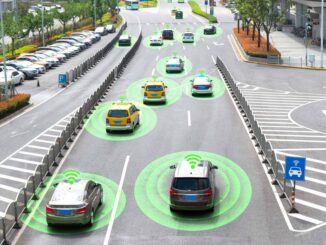
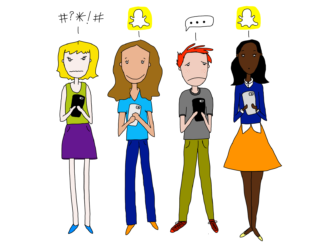
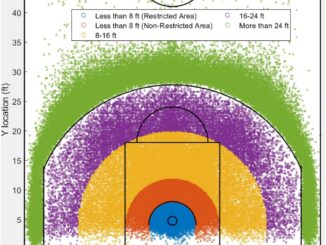
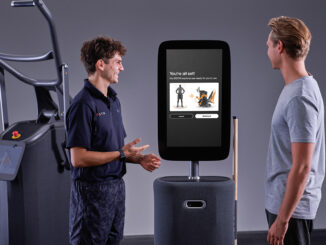

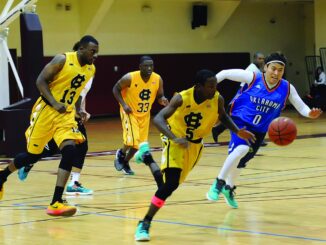




Leave a Reply
Be the First to Comment!
You must be logged in to post a comment.
You must be logged in to post a comment.